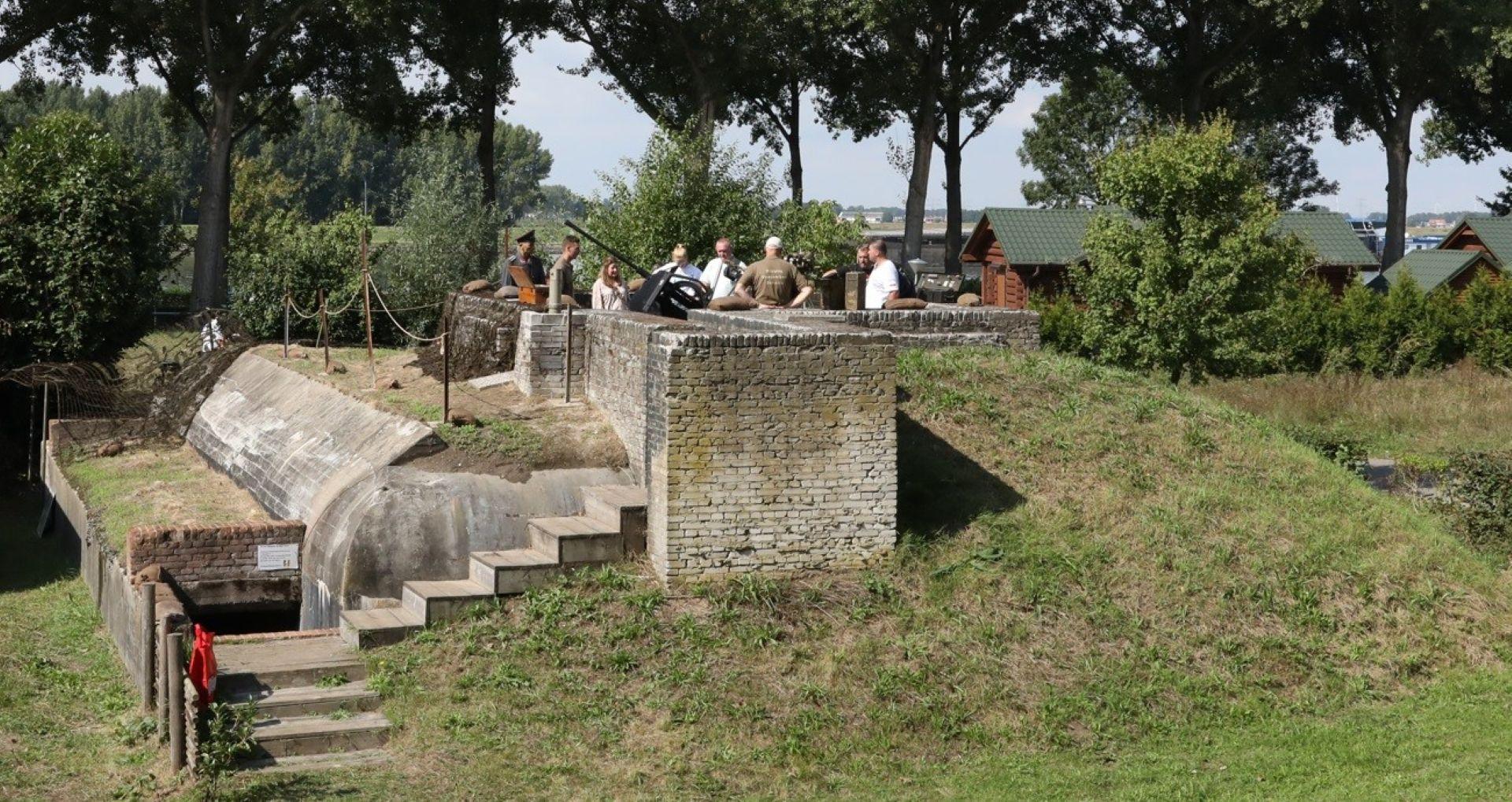On Saturday, May 24, 2025, the bunkers along the Dutch coast will be open to the public for one day together. From Zeeland to the Wadden Islands, between 10 a.m. and 5 p.m., you can take a look at these extraordinary World War II structures that were part of the Atlantic Wall*. Often barely visible in the landscape and sometimes largely under the sand or overgrown by plants, they still remind us of an important and far-reaching period in our history. In 2025 it will be 80 years since the liberation of the Netherlands and the 10th edition of Bunkerday.
In Dordrecht (Willemsdorp) no less than 3 bunkers have been opened on the Rijksstraatweg. The crew bunker with flak bedding, is a unique bunker because of the arrangement for anti-aircraft guns on the roof. All parts in the bunker have been made working again and the small bunker museum gives a good idea of how a bunker functioned. On the grounds in front of the bunker, actors reenact the life of German soldiers during the war. In the living quarters of crew bunker 502, daily activities are depicted. On the flak bed (anti-aircraft position) the soldiers have guard duties. In the adjacent tobruk, located by the water and overlooking the Dordtse Kil River, the actors take up a fighting position as it looked during World War II. Keep them Rolling is present with a number of Allied vehicles and a treasure hunt has also been developed especially for children. Group shelter type P is a Dutch military structure. It was built in 1940, just before the outbreak of war. Here you can see a documentary that tells the story of a former resident of Willemsdorp, who experienced the May 1940 airborne landings as a young boy.
*Whatis the Atlantic Wall? During World War II, Nazi Germany built a defense line along the Western European coast to prevent an attack by the Allies. This so-called Atlantic Wall ran all the way from Norway to the border with Spain, over a length of some 5,000 kilometers. It connected tens of thousands of bunker complexes and other defenses. In the Netherlands, too, hundreds of bunkers, tank walls and trenches were constructed at strategic locations along the coast. This had major consequences: many residents were forced to leave their homes to make way for the construction of these defenses. The European coast turned into a fortress during the German occupation, the traces of which are still visible today.
